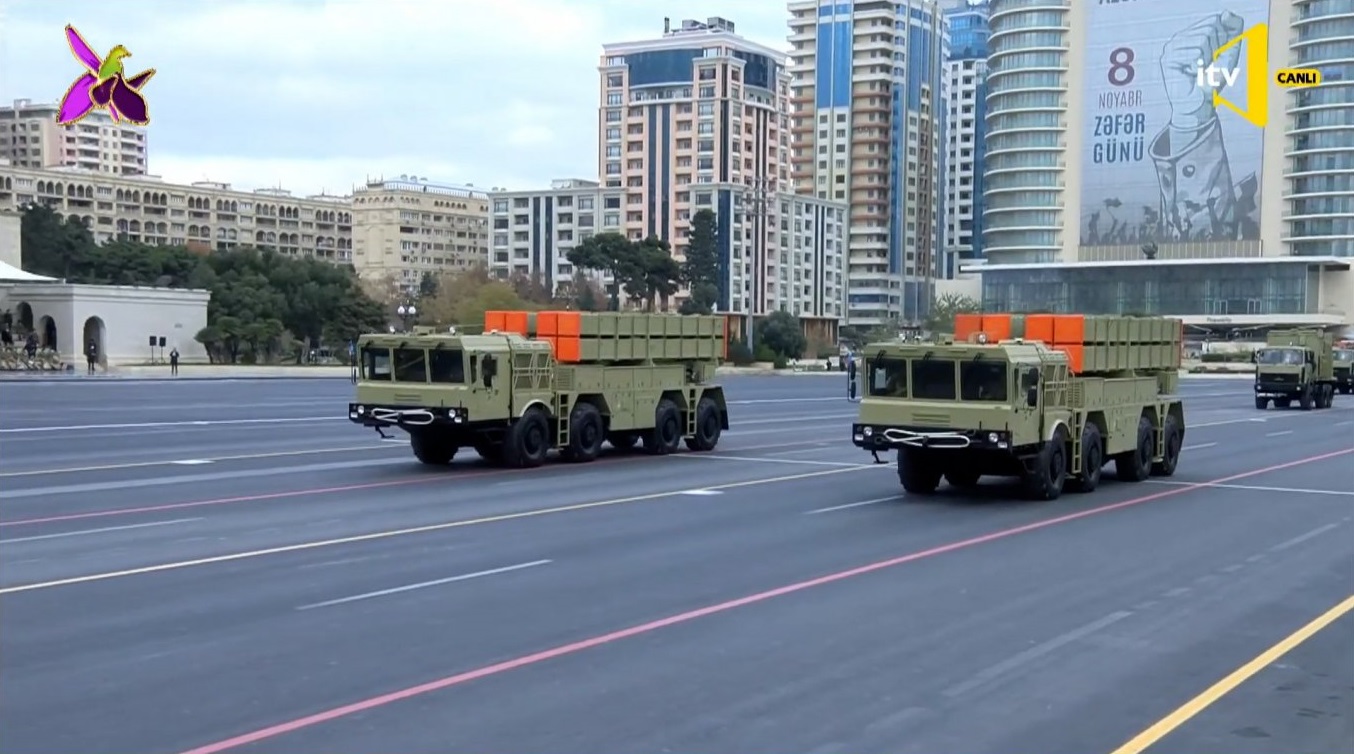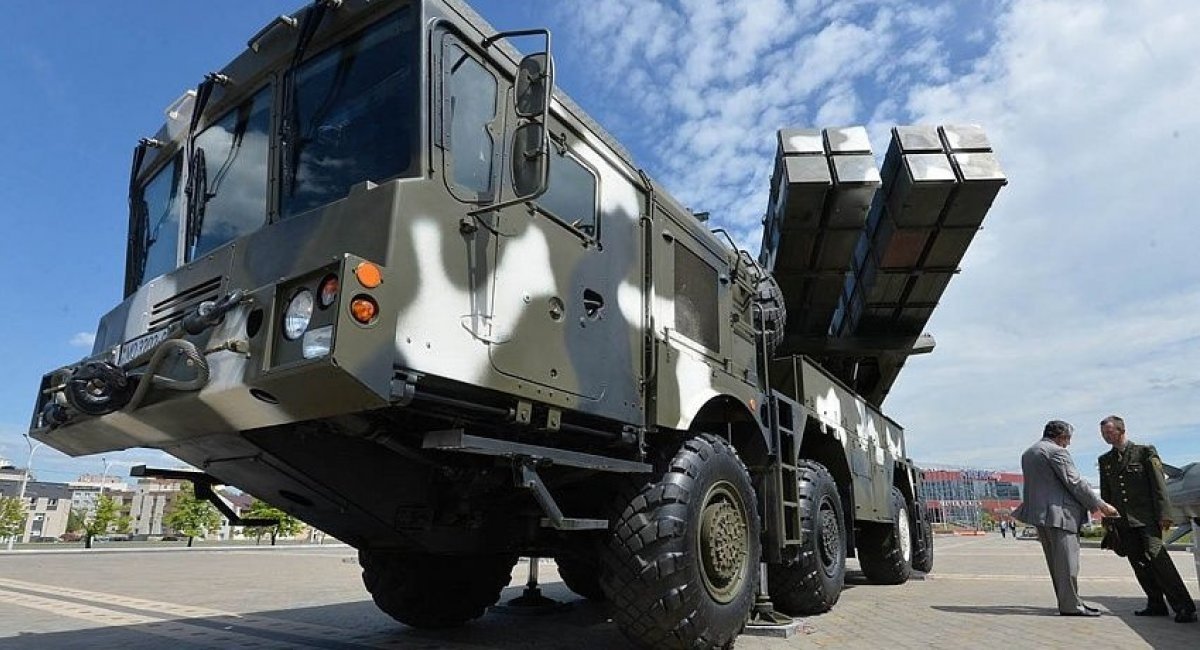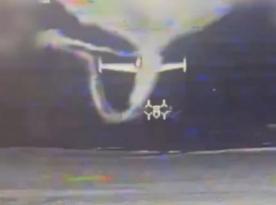Despite the fact that most russian propagandists talk about the alleged "inefficiency of Western weapons against the russian army", some of them admit that modern European and American weapons make a serious reinforcement for the Ukrainian army.
Of course, one of the most powerful systems supplied to the Armed Forces of Ukraine is the High-Mobility Artillery Rocket System, or HIMARS, which in a few months managed to bring real nightmare to the russian occupation forces in Ukraine, by destroying depots with ammunition and equipment, spots of manpower concentration, command posts and nodes, bridges, crossings, etc.
Read more: What Happens When a High-Precision GMLRS Rocket of HIMARS Explodes and Why You Cannot Hide From It (Video)
As a reminder, here's one of the videos showing the consequences of a HIMARS strike:
Therefore, the russians decided to look for their "answer" to the American HIMARS, which should be "simple, cheap and mass-produced". They consider the "Polonez" multiple-launch rocket system – the joint Chinese-belarusian development – as an option.
In short: "Polonez" is a mobile rocket launching system on the MZKT-7930 chassis with launchers with capacity for eight 301-mm rockets. The rockets are Chinese A200 made by CALT (China Academy of Launch Vehicle Technology). The firing range is up to 200 km in the basic version and up to 300 km in the "Polonez-M" version.
Some footage from belarusian defense ministry from military drills involving the Polonez rocket system and "Tochka" short-range ballistic missile:
However, there are many pitfalls when it comes to the purchase of the belarusian rocket system by the russian federation. First of all, in fact, there are generally not so many of these systems existing: according to open source data, only 6 units are in service with the Armed Forces of belarus, and 10 more were purchased by Azerbaijan. Therefore, these systems can be supplied to the russian army neither "today" nor "tomorrow".
Secondly, will China even agree to supply rockets in current conditions, when there’s a serious threat of being sanctioned? The problem is, belarusian defense industry cannot create such an MLRS on its own, and if China is not willing to take the risk, then there is nothing to talk about.

Third, there is an issue directly related to the specifications of the Polonez, in particular, its accuracy. Because we have already been convinced of the ability of HIMARS to destroy targets with extreme precision (particularly on the example of strikes on bridges over the Dnipro, where the rockets "landed" almost one next to another). But when it comes to the belarusian Polonez, the system has so far shown its capabilities only against Armenia and the results were not as spectacular.
Fourth and, perhaps, the most important thing: the super-effectiveness of HIMARS is primarily explained by a successful combination with effective intelligence, in particular when information about the location of enemy targets available for destruction is transmitted almost in real-time. And russia definitely has some problems with the latter, As far as we have seen from more than six months of its "special military operation", as they call their war against Ukraine.
Read more: Ukraine’s Military Sank the Second Barge with Russian Troops During Their Attempt to Force the Dnipro River














